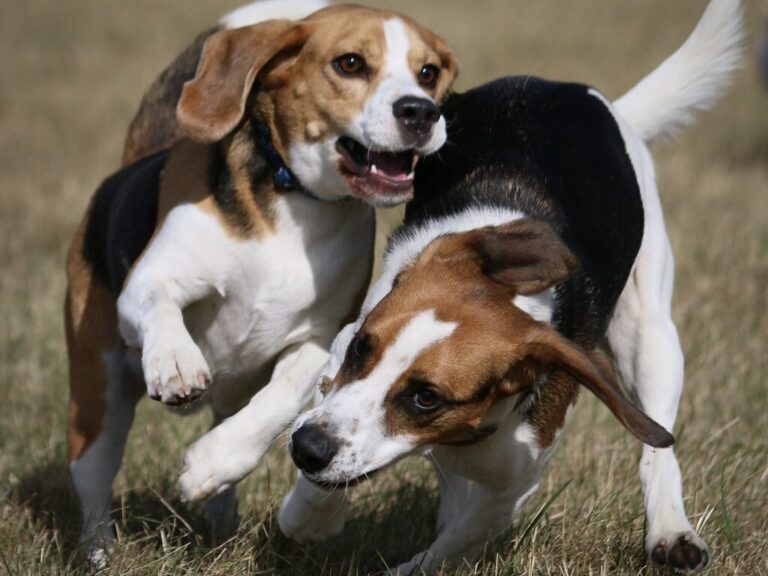10 Insights Into The Finnish Lapphund’s Role In History And Culture
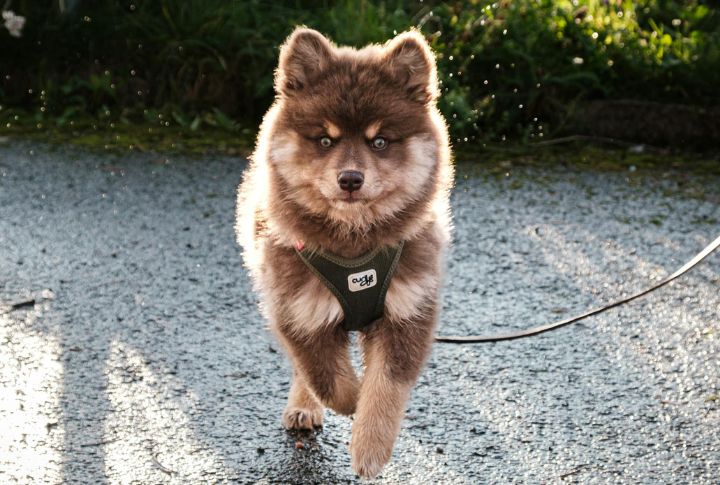
Before dog shows and polished breed standards, the Finnish Lapphund earned its place through grit and intelligence in Finland’s far north. Every trait it carries today reflects a story grounded in function and culture. Let’s trace the overlooked roots of this extraordinary herder’s journey.
Arctic Origins That Bred Resilience
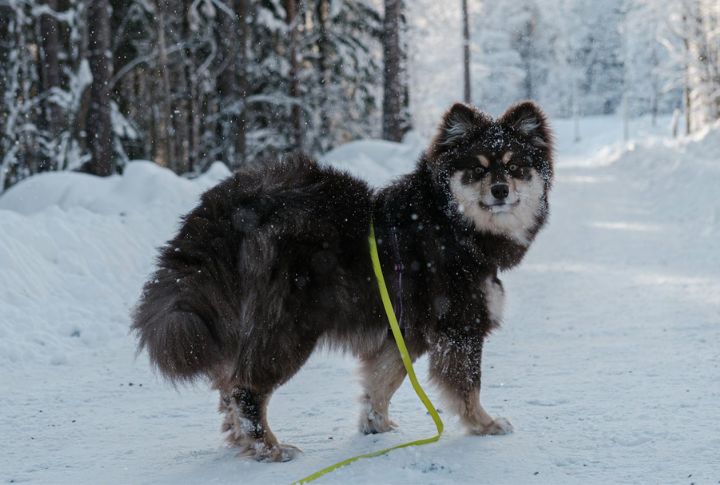
Enduring freezing temperatures was just part of daily life. Bred by the Indigenous Sami people of Finland, these dogs were designed as dedicated herders for reindeer. With their thick coats and calm, focused demeanor, they were perfectly suited for the harsh Arctic environment and the demanding work that came with it.
Genetic Footprints Link Them To Spitz Breeds

Research shows these dogs share ancient DNA with other Nordic breeds like the Swedish Lapphund and Norwegian Elkhound. These links support the idea that Arctic dogs evolved from shared ancestors, gradually adapting to working roles through thousands of years of environmental pressure.
Herding Reindeer Was In The Job Description
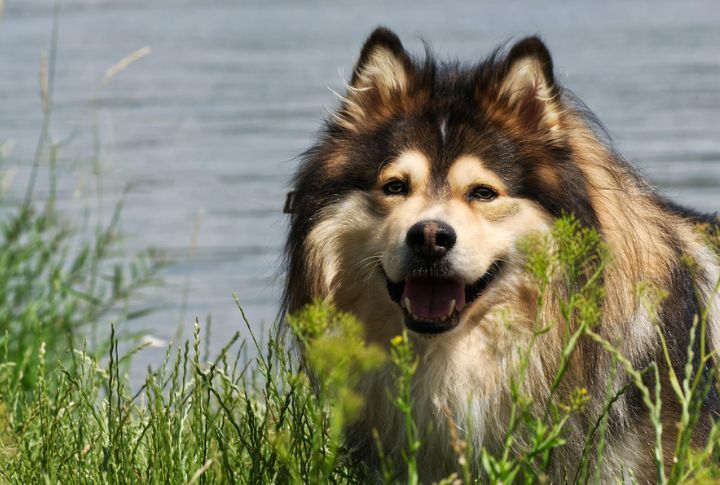
Reindeer herding required quick decisions, gentle movements, and high stamina. This breed instinctively handled all three. The calm demeanor helped lead nervous reindeer across vast snowy terrains, which made them essential to mobile herding families across northern Finland for generations.
A Near Vanishing Act During The 20th Century
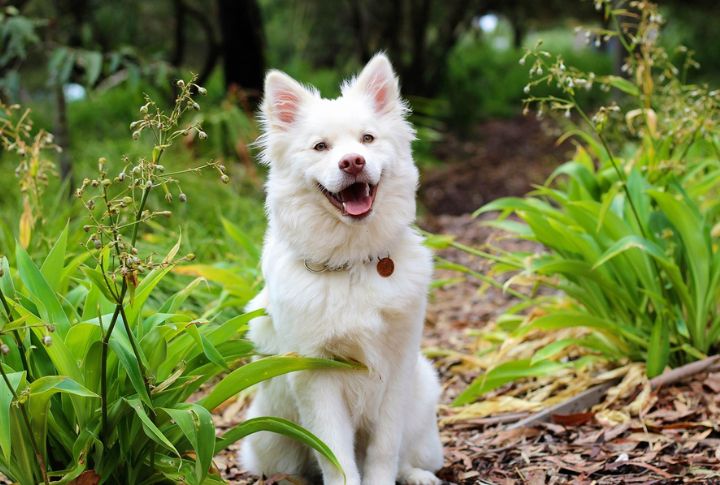
Wars and modern lifestyles nearly erased the breed. By the 1940s, only a small number of these dogs remained. Devoted breeders and cultural advocates began preserving bloodlines and documenting origins to protect this unique Arctic partner from extinction.
Finland’s Kennel Club Standardized The Breed In 1945
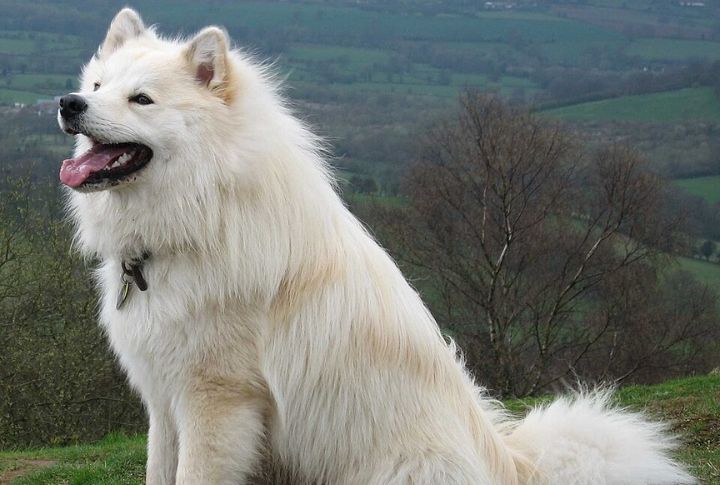
In 1945, the Finnish Kennel Club officially recognized the breed, setting clear standards and promoting responsible breeding. This formal recognition not only bolstered national conservation efforts but also solidified the dog’s identity, distinguishing it from its regional relatives.
Known For An Expressive Talkative Nature
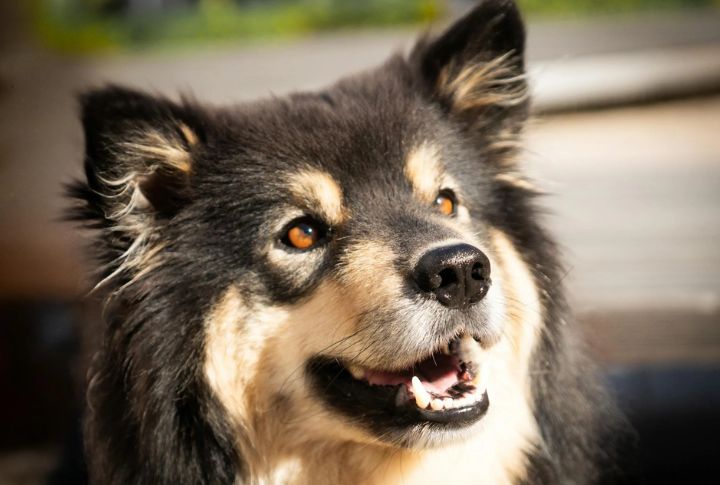
Ever wonder why this breed is so talkative? Their constant barks and howls aren’t just for show—they’re an essential way of communicating with handlers and herds. This vocal style evolved out of necessity, helping people track them through heavy snow and dense forests. Silence was never an option in such conditions.
Coat Color Signaled Lineage And Function
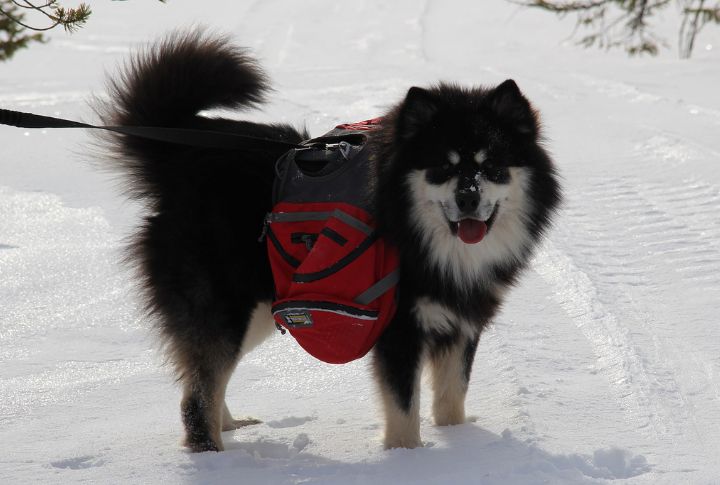
Historically, certain coat colors were chosen to make dogs easier to spot in the snow. Black with tan markings was favored for visibility, while cream or wolf-sable coats often indicated specific family lines. Breeders selected colors not just for their practical use in the harsh environment, but also to honor heritage and lineage.
Temperament Built On Cooperation, Not Control
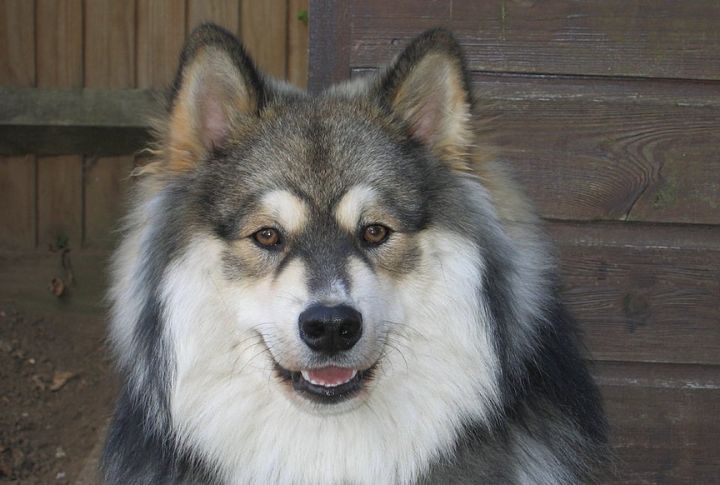
Instead of relying on dominance, this breed learned to tackle problems alongside humans. It thrived on mutual trust, which allowed it to excel in unpredictable situations. This cooperative nature sets it apart from more rigid or aggressive working dogs, making it an invaluable partner in challenging environments.
Cultural Icon In Lapland Traditions
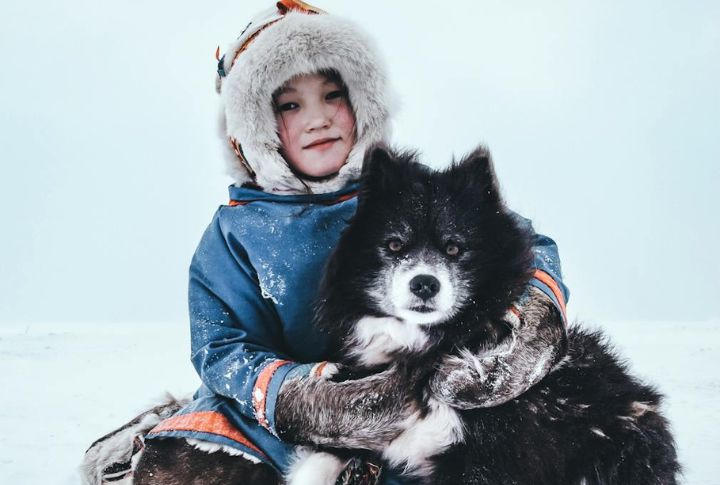
Beyond working roles, these dogs appear in stories and songs. In some communities, they were considered protectors of children and helpers of the spirit world. This symbolic importance added another layer to their status in Sami households.
Global Recognition Arrived Late But Lasted
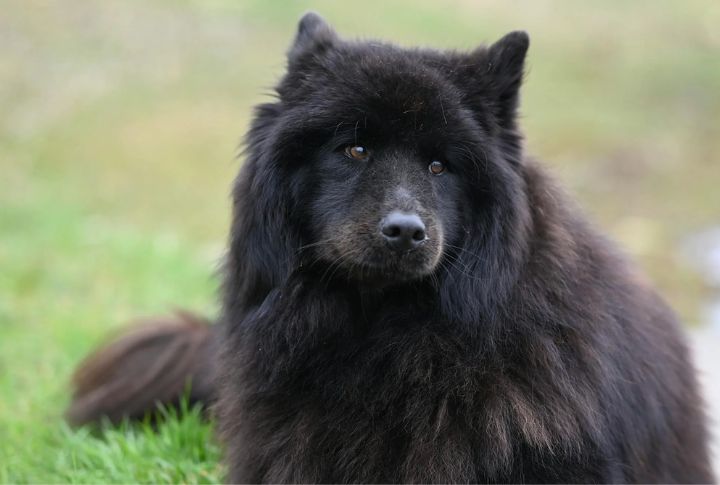
Though this breed has worked alongside humans for centuries, it wasn’t until 2011 that it earned AKC recognition. Since then, its reputation has steadily grown, and it is celebrated for its endurance, intelligence, and loyalty. A quiet legacy, at last recognized on the global stage.


